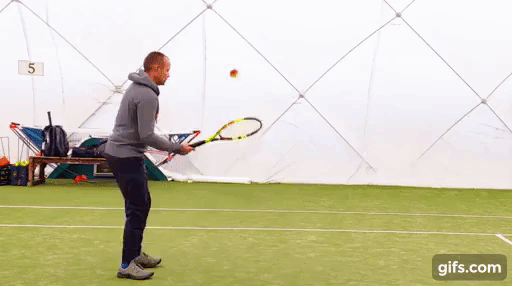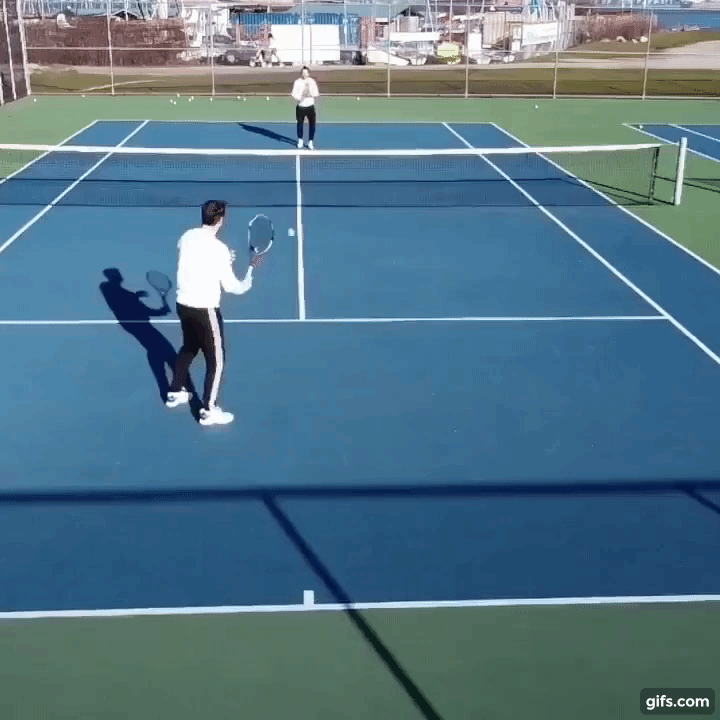[For those who aren’t beginners: read this article anyway, it will help you to get more friends and others into the sport.]
Time and time again, I witness the following scenario on a tennis court:
A person arrives with a friend to a tennis court, eager and willing to try the sport of tennis. Brimming with excitement, they have images of Federer or Serena swirling around in their minds. They’ve got their newly purchased racquets ready, their new tennis balls, and their shiny new tennis shoes.
They start playing, and that’s when things start to go terribly wrong. Very quickly they realize that this is not as easy as those guys over there are making it look (there’s some 5.0’s playing with confidence on the court next to them) and that they’re spending 90% of their time picking up the 3 balls off the court. This isn’t tennis, this is trash collection!
They keep trying, and for a while it’s fun enough, but eventually everyone agrees, either verbally or non-verbally: tennis is just way too hard and we’re just not cut out for this.
Obviously, we want to avoid having people have this reaction to trying the sport for the first time.
There’s a very simple solution to this that I’d like for people of ages and levels to know, and it’s especially helpful for the beginners. There is a tool and process called “Self-Rallying’ which our Precision Tennis coaching team uses all of the time with remarkable success with new students.
How it works is that instead of trying to hit the ball back and forth right away to your partner, you hit the ball up with your racquet to YOURSELF first, let it bounce, and only when you feel good and ready, send it to your partner over the net. Then you receive the ball in the same way, first calmly controlling it, doing a few self-rallies, and then hitting it over the net.
It’s much easier to see this visually, so here’s a GIF.
A few points to note:
(1) The ball is contacted to the side and out in front of the body around waist height.
(2) The ball is going around head height or a bit above head height.
(3) There is no major wrist movement to meet the ball and racquet.
(4) The legs are actively moving the upper body to ensure (1).
Right away you and your partner will notice that you can maintain a rally if you use this. At least, it will be much, much easier. This will lead to less frustration, more fun, and better stroke feel and stroke development for the future.
Here is a GIF video of how to implement it during rallying with your partner:

We also made an Instagram video on this topic in the past: https://www.instagram.com/p/CKcVX8JACIN/
What’s important for learning tennis is NOT copying the pros or endless technical tweaks, but instead: (1) developing a solid enjoyment of the game, (2) focusing on thinking tactically early on (what is the ball doing, how can I get it to do X, Y, Z, where is the opponent, etc.) and 3) repetition, repetition, repetition.
Our coaching team can help to guide you through the self-rallying above and the first steps in your development, but everyone in the tennis community will benefit if more people know about this fantastic “training wheel” tool. If you’d like to book some in-person lessons with our TPA-certified coaches to go over it and more, click here. That’s the perfect way to think about it as well: self-rallying is a training wheel to get you rallying and having fun faster.
For all beginners: get out on court and try this out!
For everyone else: show your beginner friends this self-rallying method to get playing.
See you on the courts!